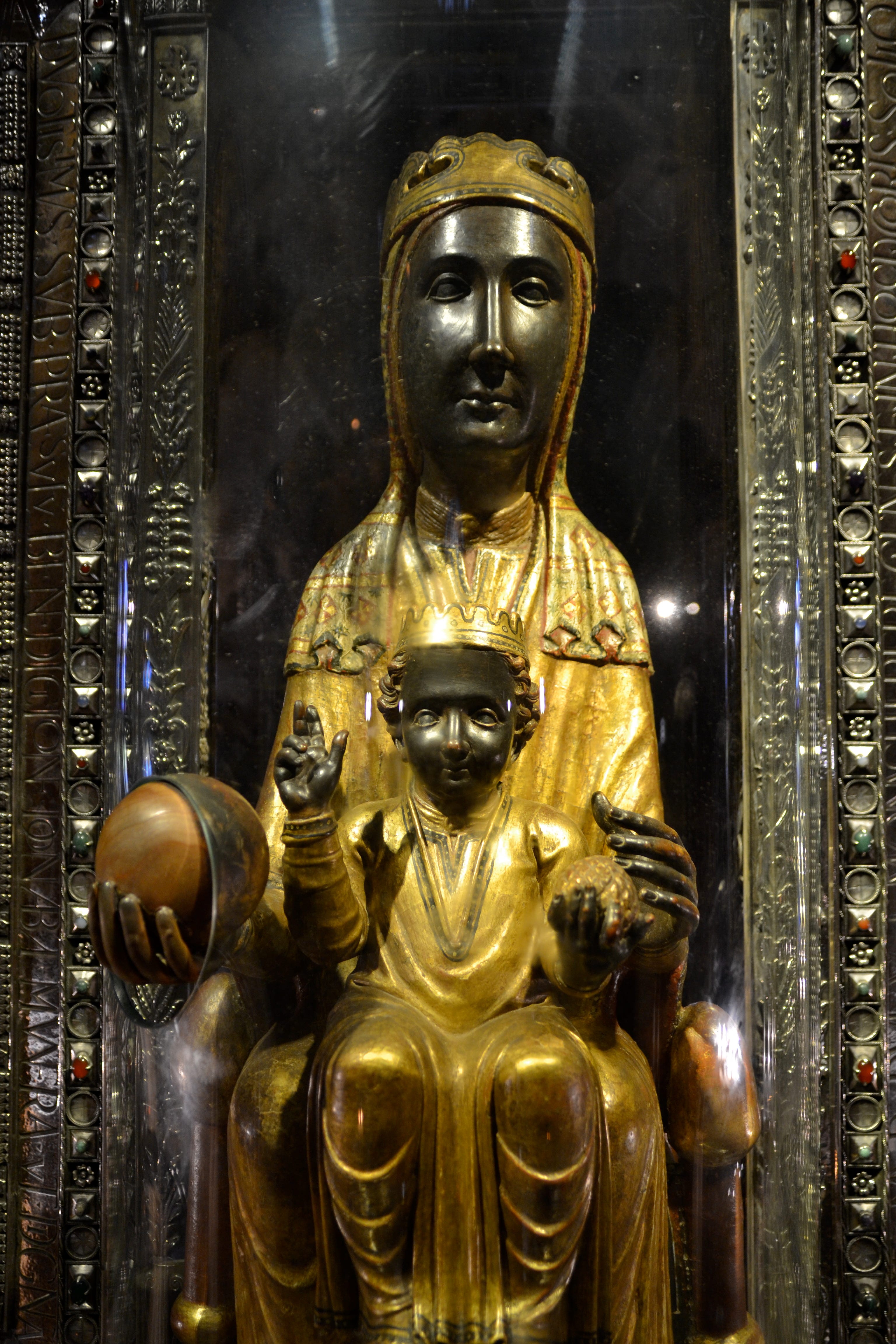John 15:1-12I figure God didn’t destroy Assyrians because it fit a larger purpose/prophecy in the Bible narrative. And a lesson to Jonah. Also God can do what he wants
And Id like to know @MMS theory as well and what he believes but he’ll never tell it but only post more scriptures
why ask me what I believe in?1 I am the true vine, and my Father is the husbandman.
2 Every branch in me that beareth not fruit he taketh away: and every branch that beareth fruit, he purgeth it, that it may bring forth more fruit.
3 Now ye are clean through the word which I have spoken unto you.
4 Abide in me, and I in you. As the branch cannot bear fruit of itself, except it abide in the vine; no more can ye, except ye abide in me.
5 I am the vine, ye are the branches: He that abideth in me, and I in him, the same bringeth forth much fruit: for without me ye can do nothing.
6 If a man abide not in me, he is cast forth as a branch, and is withered; and men gather them, and cast them into the fire, and they are burned.
7 If ye abide in me, and my words abide in you, ye shall ask what ye will, and it shall be done unto you.
8 Herein is my Father glorified, that ye bear much fruit; so shall ye be my disciples.
9 As the Father hath loved me, so have I loved you: continue ye in my love.
10 If ye keep my commandments, ye shall abide in my love; even as I have kept my Father's commandments, and abide in his love.
11 These things have I spoken unto you, that my joy might remain in you, and that your joy might be full.
12 This is my commandment, That ye love one another, as I have loved you.

1 - Wikipedia

Iunit - Wikipedia
https://www.thecoli.com/posts/40539374/
100 x 1 = 100 hits

Q - Wikipedia
Iah - Wikipedia
1 (one, also called unit, and unity) is a number and a numerical digit used to represent that number in numerals. It represents a single entity, the unit of counting or measurement. For example, a line segment of unit length is a line segment of length 1. In conventions of sign where zero is considered neither positive nor negative, 1 is the first and smallest positive integer.[1] It is also sometimes considered the first of the infinite sequence of natural numbers, followed by 2, although by other definitions 1 is the second natural number, following 0.
The fundamental mathematical property of 1 is to be a multiplicative identity,[2] meaning that any number multiplied by 1 returns that number. Most if not all properties of 1 can be deduced from this. In advanced mathematics, a multiplicative identity is often denoted 1, even if it is not a number. 1 is by convention not considered a prime number; although universal today, this was a matter of some controversy until the mid-20th century.

Iunit - Wikipedia
https://www.thecoli.com/posts/40539374/
100 x 1 = 100 hits

Q - Wikipedia
The Semitic sound value of Qôp was /q/ (voiceless uvular stop), and the form of the letter could have been based on the eye of a needle, a knot, or even a monkey with its tail hanging down.[2][3][4] /q/ is a sound common to Semitic languages, but not found in many European languages.[a] Some have even suggested that the form of the letter Q is even more ancient: it could have originated from Egyptian hieroglyphics.[5][6]
In Greek, qoppa (Ϙ) probably came to represent several labialized velar stops, among them /kʷ/ and /kʷʰ/.[7] As a result of later sound shifts, these sounds in Greek changed to /p/ and /pʰ/ respectively.[8] Therefore, qoppa was transformed into two letters: qoppa, which stood for the number 90,[9] and phi (Φ), which stood for the aspirated sound /pʰ/ that came to be pronounced /f/ in Modern Greek.[10][11]
The Etruscans used Q in conjunction with V to represent /kʷ/, and this usage was copied by the Romans with the rest of their alphabet.[4] In the earliest Latin inscriptions, the letters C, K and Q were all used to represent the two sounds /k/ and /ɡ/, which were not differentiated in writing. Of these, Q was used before a rounded vowel (e.g. ⟨EQO⟩ 'ego'), K before /a/ (e.g. ⟨KALENDIS⟩ 'calendis'), and C elsewhere.[12] Later, the use of C (and its variant G) replaced most usages of K and Q: Q survived only to represent /k/ when immediately followed by a /w/ sound.[13]
Iah - Wikipedia
Last edited:

 can you "think" without language?
can you "think" without language? 
 you can make billions of names with just lines and curves
you can make billions of names with just lines and curves

 is explaining the same thing
is explaining the same thing 








 it is astrology and mythology.
it is astrology and mythology.

